Do you have a question about the GE Multilin PQM and is the answer not in the manual?
| Brand | GE |
|---|---|
| Model | Multilin PQM |
| Category | Measuring Instruments |
| Language | English |
Provides detailed technical specifications for current inputs, voltage inputs, and sampling modes.
Details the signal wiring and terminal connections for CTs, VTs, control power, and relays.
Describes the three serial ports (COM1, COM2 RS485, COM3 RS232) for communication.
Explains the software security features to prevent unauthorized setpoint changes.
Manages setpoint access permissions, including codes, timers, and software/hardware controls.
Configures Modbus communication addresses, baud rates, and parity for serial ports.
Configures calculation methods for metering quantities and demand, including fundamental extraction.
Configures trace memory to trigger on various conditions for recording voltage and current data.
Configures system parameters including current/voltage, analog I/O, switch inputs, and pulse outputs.
Configures CT wiring, primary ratings, neutral sensing, VT wiring, and system voltage/frequency.
Configures switch inputs for functions like alarms, pulse counting, setpoint access, and analog output multiplexing.
Configures the Alarm Relay operation (failsafe/non-failsafe) and activation (latched/unlatched).
Configures alarms and control functions for current, voltage, harmonic distortion, frequency, power, and demand.
Configures alarms for phase/neutral undercurrent, overcurrent, undervoltage, and overvoltage conditions.
Configures alarms for average current and voltage THD levels and delays.
Configures alarms for underfrequency and overfrequency conditions, including detection and delay settings.
Configures alarms for positive/negative real and reactive power, and base units for power alarms.
Configures alarms for leading and lagging power factor conditions with pickup, dropout, and delay settings.
Configures alarms for phase/neutral current demand, and real, reactive, apparent power demand.
Provides procedures for testing output relays, LEDs, and simulating various input/output signals.
Manually tests the operation of output relays and status indicators via keypad or serial port.
Forces simulated currents and voltages to verify relay functions and test system behavior.
Displays metering data for current, voltage, power, energy, demand, frequency, and pulse inputs.
Displays phase and neutral current, average current, and current unbalance with min/max values.
Displays phase and line voltages, average voltage, and voltage unbalance with min/max values.
Displays three-phase and individual phase real, reactive, apparent power, and power factor values.
Lists various alarm conditions detected by the PQM, such as undercurrent, overvoltage, and communication failures.
Provides power quality analysis including crest factor, THD, data logger, and event recorder information.
Displays crest factor and THDF values for current and voltage, indicating load linearity and harmonic impact.
Displays calculated total harmonic distortion for current and voltage inputs.
Explains PQM communication setup using RS232 front port or rear RS485 ports.
Details how to configure communication settings like slave address, baud rate, parity, and startup mode.
Outlines the procedures for upgrading the PQM firmware using the latest files from GE Multilin.
Outlines the procedures for upgrading the PQM firmware using the latest files from GE Multilin.
Details the process of uploading new firmware, noting display differences between VFD and LCD.
Provides guidance on using the EnerVista PQM Setup software for configuration and monitoring tasks.
Illustrates entering setpoints using the System Setup page, including non-numeric and numeric entries.
Covers power analysis features including waveform capture, harmonic analysis, trace memory, and data logger.
Describes capturing and displaying voltage and current waveforms for troubleshooting and analysis.
Explains performing harmonic analysis on current/voltage inputs to identify harmonic spectrum details.
Details the trace memory feature for triggering and recording various conditions related to voltage and current data.
Explains how the data logger feature allows continuous recording of specified parameters at a defined rate.
Explains the Modbus RTU protocol, master/slave configuration, and supported functions.
Lists and describes the Modbus function codes supported by the PQM for data communication.
Explains Modbus function codes 03/04 for reading setpoints and actual values from holding and input registers.
Details Modbus function code 05 for executing specific command operations on the PQM.
Explains Modbus function code 05 for broadcast commands, like clearing demand data on multiple PQMs.
Details Modbus function code 06 for storing a single setpoint value into the PQM memory.
Explains Modbus function code 07 for quickly reading the status of a selected device.
Details Modbus function code 16 for storing multiple setpoints into the PQM memory simultaneously.
Explains using function code 16 to perform commands, requiring a sequence of register writes.
Describes using function code 16 for broadcast commands, such as synchronizing clocks across devices.
Provides information on the Modbus memory map structure, register addresses, and data types.
Details register addresses for current measurements, including phase, neutral, average, and unbalance values.
Lists register addresses for voltage measurements, including phase, line, average, and unbalance values.
Lists register addresses for power measurements (kW, kvar, kVA, PF) for three-phase and individual phases.
Lists register addresses for harmonic distortion (THD) for current and voltage.
Lists register addresses for current/voltage alarm settings, including relay, level, and delay for various conditions.
Details register addresses for switch input configuration, including names, functions, activation, and time delay.
Lists register addresses for current/voltage alarms, including thresholds, delays, and phase requirements.
Details register addresses for harmonic distortion and frequency alarms, including relay, level, and delay settings.
Lists all objects recognized by the PQM and returned in responses, including request/response function codes.
Lists analog input/output points, Mobus register, description, unit/value, deadband, format code, and event class.
Lists setpoints for preferences, setpoint access, communication ports, and DNP configuration.
Lists setpoints for analog outputs, analog input, and switch input configurations.
Lists setpoints for power alarms, power factor alarms, and demand alarms.
Lists setpoints for testing relays and LEDs, and simulating current/voltage, analog outputs, analog inputs, and switch inputs.
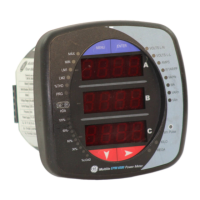

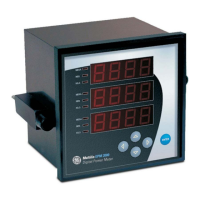

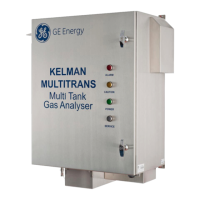
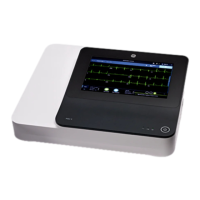

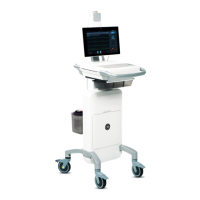
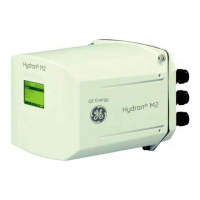
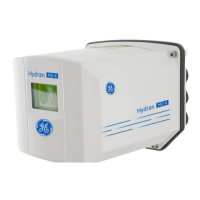
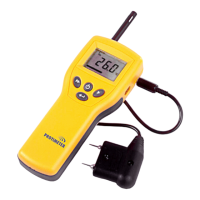
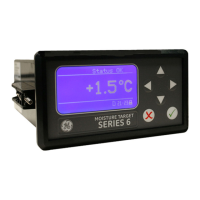
